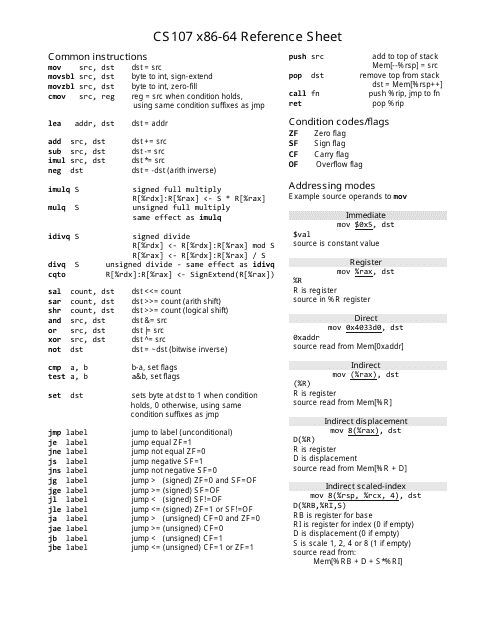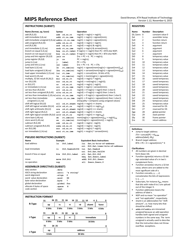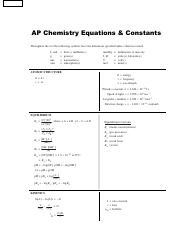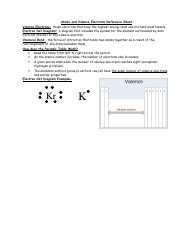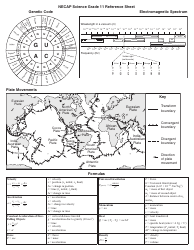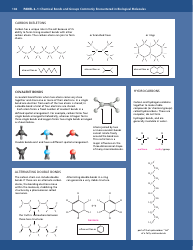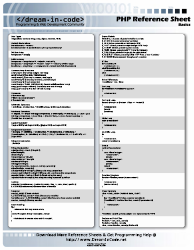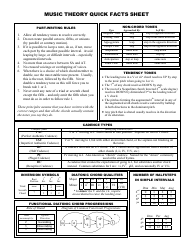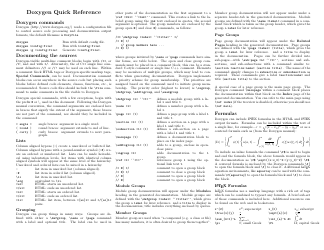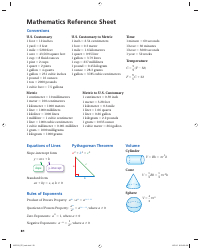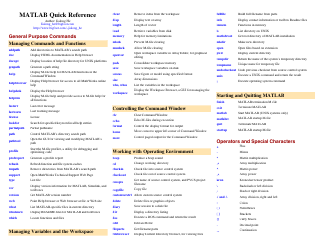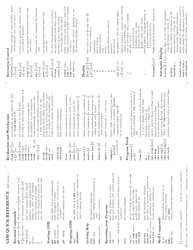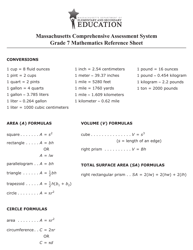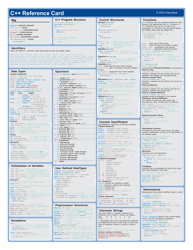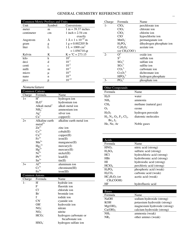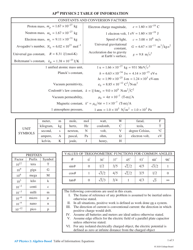Assembly Reference Sheet - X86-64
The Assembly Reference Sheet - X86-64 is a document that provides a reference for programming in assembly language for the x86-64 architecture. It includes information about the instructions, registers, and syntax used in writing assembly code for this architecture.
FAQ
Q: What is X86-64?
A: X86-64 is a computer instruction set architecture.
Q: What does X86-64 refer to?
A: X86-64 refers to a 64-bit extension of the x86 instruction set architecture.
Q: Is X86-64 widely used?
A: Yes, X86-64 is widely used in modern computers and servers.
Q: What are some popular operating systems that support X86-64?
A: Popular operating systems that support X86-64 include Windows, macOS, and various flavors of Linux.
Q: Can X86-64 processors run 32-bit software?
A: Yes, X86-64 processors can run both 32-bit and 64-bit software.
Q: What are some advantages of X86-64 architecture?
A: Advantages of X86-64 architecture include increased memory capacity and improved performance for certain applications.
Q: Are there any drawbacks to using X86-64 architecture?
A: One drawback of X86-64 architecture is increased power consumption compared to 32-bit systems.
Q: Can X86-64 processors execute older x86 code?
A: Yes, X86-64 processors are backward compatible and can execute older x86 code.
Q: Are there any other instruction set architectures besides X86-64?
A: Yes, there are other instruction set architectures like ARM, MIPS, and PowerPC, but X86-64 is one of the most widely used in consumer computing devices.
